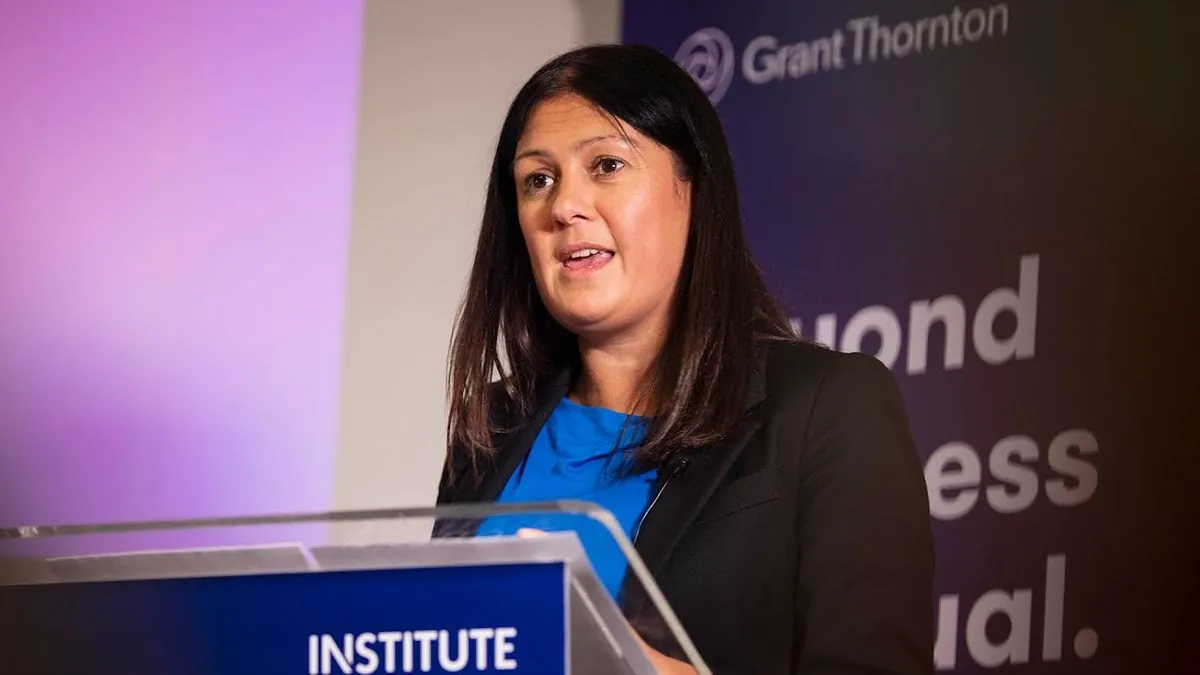Labour Accelerates VAT on Private Schools: Parents' Guide to State School Transfers
Labour's plan to impose VAT on private school fees from January prompts parents to consider state school transfers. This guide outlines the process, challenges, and strategies for securing places in preferred schools.

Labour's decision to expedite the implementation of Value Added Tax (VAT) on private school fees has left many parents scrambling to find alternative educational options for their children. Chancellor Rachel Reeves has confirmed that the policy, initially expected to take effect at the start of the 2025 school year, will now commence in January. This accelerated timeline aims to boost Treasury funds by an estimated £1.5 billion.
The sudden 20% increase in school fees has created a significant challenge for families unable to absorb the additional costs. Parents now face the daunting task of navigating the state school system, often with limited time and resources.
For those considering a transfer to state schools, the process begins with contacting local councils. This "in-year transfer" involves moving a child between academic years or during an ongoing school year. Parents should request a list of available schools in their area and inquire about application deadlines, which vary by authority.

It's important to note that some councils delegate in-year transfer management to individual schools. In such cases, parents must reach out to schools directly, typically through their websites, to obtain application information.
"Revised figures show that total pupil numbers will rise by almost 25,000 by the start of next year when compared with 2023."
This statement contradicts Labour's assurances of sufficient state school capacity to accommodate private school transfers. The uneven distribution of school capacity across the country further complicates the situation.
Parents can apply to multiple schools simultaneously, ranking their preferences when submitting through local councils. Schools must respond to applications within 15 school days, providing a relatively quick turnaround for anxious families.
For those considering schools outside their local authority, it's crucial to understand that proximity to the school often plays a significant role in admissions criteria. Children previously in care receive the highest priority, followed by those living closest to the school and those with siblings already attending.
If a child is not offered a place at a preferred school, parents can join waiting lists or appeal the decision. However, appeals based solely on a school's reputation are unlikely to succeed. Instead, focus on the unique aspects of the school that meet your child's specific needs.
For families able to temporarily absorb the fee increase, waiting until September 2025 for a "normal point of entry" transfer may offer better chances of securing a place at a desired school. This is particularly relevant for children entering Year Seven. However, it's crucial to adhere to application deadlines, such as the October 31 cut-off for secondary school applications.
As the UK education landscape evolves, parents must carefully weigh their options and act swiftly to ensure their children's educational needs are met in this changing environment.


































